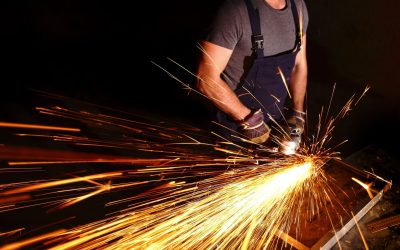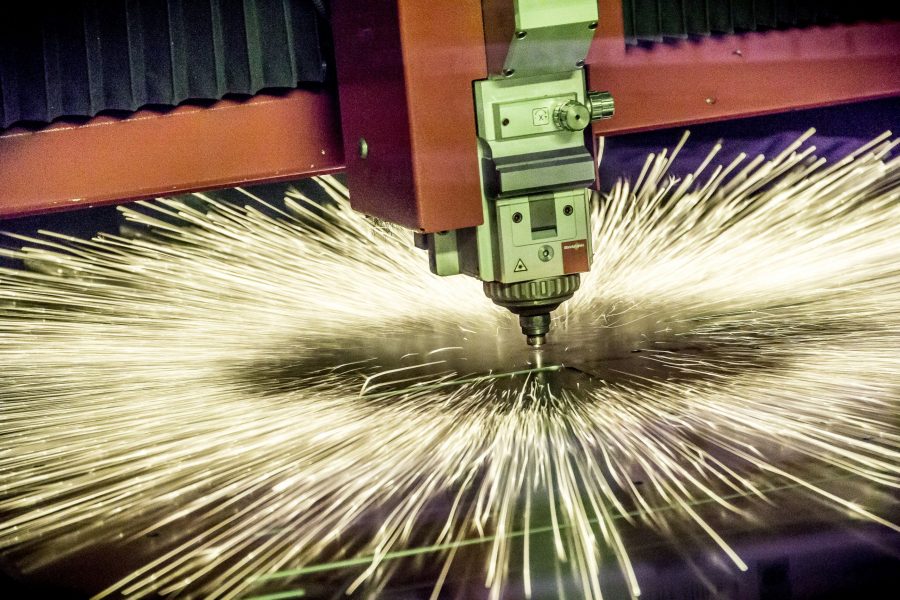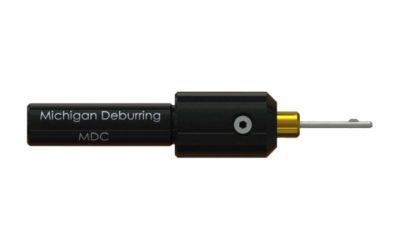When it comes to precision manufacturing and machining, the finishing touches on any component can significantly impact its functionality and lifespan. One critical aspect of this process is the removal of burrs from cross-drilled holes. This is where a Cross Hole Deburring Tool becomes essential. Designed to smooth out the rough edges left after drilling, these tools are vital for ensuring the quality and precision of finished parts.
Understanding Cross Hole Deburring Tools
Cross hole deburring tools are specialized devices used to clean the internal edges of a hole drilled at an intersection in a workpiece. Burrs—small, often sharp fragments—can interfere with the assembly, operation, and safety of a machine or a mechanical part. Removing these burrs effectively requires a tool that is precise, efficient, and suitable for the material and configuration of the part.
Key Factors to Consider
Selecting the right deburring tool involves several critical considerations:
- Material Compatibility: The tool must be compatible with the material of the workpiece. Different materials like aluminum, steel, or plastics might require different types of deburring tools.
- Size and Reach: The tool should fit the size of the holes and be able to reach all internal surfaces without causing damage. This often means choosing tools with flexible shafts or adjustable features.
- Type of Burr: Understand the nature of the burrs formed during your specific drilling process. Heavier burrs might need more aggressive deburring tools compared to lighter burrs.
- Tool Configuration: Some tools are better suited for manual operations, while others are designed for automated processes. Consider the scale of your operations and the level of precision required.
Types of Cross Hole Deburring Tools
There are several types of deburring tools, each suited to different applications:
- Manual Deburring Tools: These are simple, hand-held tools used for small-scale or precision work. They are cost-effective but require more manual effort and skill.
- Automated Deburring Tools: Designed for larger volumes or consistent deburring needs. These can be integrated into machining centers and controlled programmatically.
- Rotary Deburring Tools: These tools use a rotating action to remove burrs and can be adjusted for speed and torque depending on the burr load.
- Oscillating Deburring Tools: Ideal for softer materials or when a gentle deburring action is needed to prevent damage to the part.
Choosing the Right Tool
To choose the best cross hole deburring tool, assess your specific needs:
- Evaluate the Production Volume: High-volume environments might benefit from automated solutions, whereas low-volume or bespoke projects might do better with manual tools.
- Consider the Precision Required: High-precision industries like aerospace or medical devices might require more sophisticated tools compared to general manufacturing.
- Budget Constraints: While it’s important not to compromise on quality, consider the cost-effectiveness of the tool in relation to its expected lifespan and maintenance needs.
Conclusion
Choosing the right cross hole deburring tool is essential for achieving high-quality finishes and maintaining the functionality of machined parts. By considering factors such as material compatibility, tool type, and the specific needs of your operation, you can select a tool that not only meets your immediate needs but also delivers long-term reliability and performance. Remember, the right tool not only enhances efficiency but also ensures safety and quality in your manufacturing processes.


